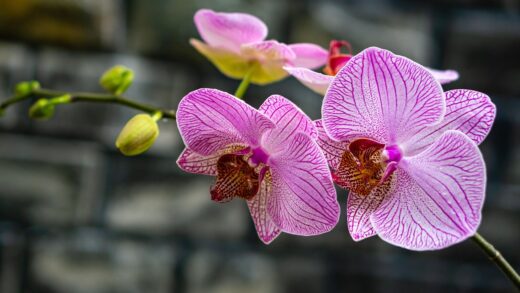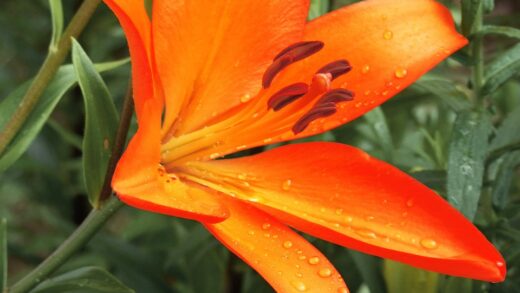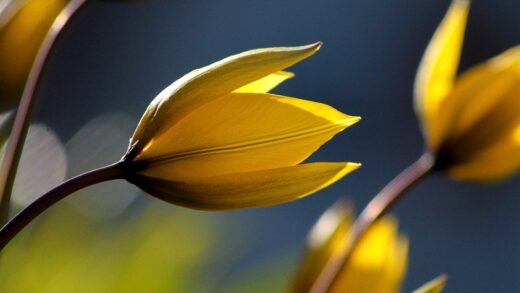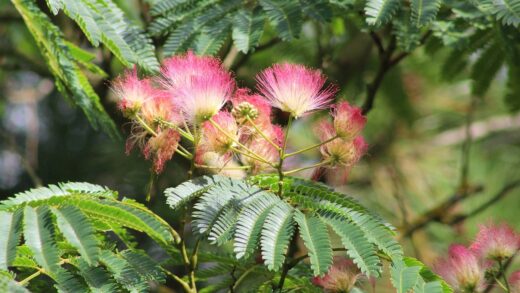Fulfilling the light requirements of the Balkan bellflower is a cornerstone of its successful cultivation, profoundly influencing its growth habit, foliage density, and, most importantly, its flowering potential. This adaptable perennial demonstrates a remarkable versatility in its ability to thrive in a range of light conditions, from the radiant intensity of full sun to the gentle brightness of partial shade. However, understanding the nuances of its preferences, which can be influenced by geographical location and climate, allows a gardener to select the perfect site for the plant. Providing the optimal amount of light will result in a compact, densely-matting plant that produces a breathtaking profusion of its signature star-shaped, violet-blue flowers. Conversely, placing it in an unsuitable light environment can lead to a leggy, sparse plant with disappointing floral displays, failing to showcase the true beauty of this species.
The ideal light exposure for the Balkan bellflower is often described as full sun to partial shade. In regions with cooler summers and less intense sunlight, such as in northern latitudes or coastal areas, a position in full sun is typically best. Full sun, which is generally defined as receiving at least six hours of direct, unfiltered sunlight per day, encourages the most prolific blooming and promotes a tight, compact growth habit. The abundant solar energy fuels the plant’s photosynthetic processes, leading to robust growth and a spectacular floral show that can cover the entire plant. Without sufficient direct light, the plant’s flowering capacity will be noticeably diminished.
In these cooler climates, while the plant can tolerate partial shade, its performance may be somewhat reduced. With less light, the plant tends to become more “leggy,” meaning its stems will be longer and more spaced out as they stretch in search of more light. This results in a less dense, more open habit. Flowering will also be sparser in shadier conditions. While the plant will still produce its charming blooms, the sheer quantity and density of the display seen in full sun will not be achieved. Therefore, for the most impactful visual effect in these regions, a sun-drenched location is highly recommended.
The plant’s adaptability also allows it to be used in various garden settings that offer different light exposures throughout the day. For example, it can be planted on the east side of a structure, where it will receive the gentle morning sun and be shaded from the harsher afternoon rays. This flexibility makes it a valuable plant for transitional areas in the garden, bridging the gap between sunny borders and more shaded woodland edges. The key is to ensure it receives at least a few hours of direct sun each day to support healthy growth and at least a modest flower display.
Thriving in full sun
When provided with a location in full sun, especially in temperate or cooler climates, the Balkan bellflower truly performs at its peak. The direct and abundant light energy acts as a catalyst, fueling vigorous growth and ensuring the plant reaches its full ornamental potential. In these conditions, the plant’s internodes—the spaces on the stem between the leaves—remain short, resulting in a dense, low-growing, and compact mat of foliage. This creates a lush green carpet effect that serves as a beautiful backdrop for the impending floral display and acts as an effective weed-suppressing groundcover.
More articles on this topic
The most significant benefit of a full sun location is the sheer abundance of flowers. The Balkan bellflower is a profuse bloomer by nature, but ample sunlight maximizes its flowering capacity to a remarkable degree. From late spring through summer, the plant can become so covered in its violet-blue, star-shaped blossoms that the foliage is almost entirely obscured. This spectacular display is a direct result of the high levels of energy the plant can produce through photosynthesis in a sunny environment. For gardeners wanting a high-impact, low-maintenance groundcover, a sunny spot is the ideal choice.
In addition to promoting better flowering and a more compact habit, full sun can also help in managing potential disease issues. Fungal diseases like powdery mildew tend to thrive in damp, shady, and stagnant conditions. A location in full sun, often accompanied by better air circulation, allows the foliage to dry off quickly after rain or morning dew. This drier environment is far less hospitable to fungal spores, making the plant less susceptible to such infections. A sun-baked plant is often a healthier and more resilient plant.
It is important to note that the term “full sun” can be relative and depends on your climate. In a cool northern region, six to eight hours of sun is ideal. However, it’s crucial to ensure that even in a full sun location, the plant has access to adequate moisture, especially during its establishment phase and during periods of drought. While it is drought-tolerant once established, the combination of intense sun and dry soil can cause stress, leading to wilting and scorching. Therefore, a sunny location should be paired with soil that retains some moisture or a commitment to occasional deep watering during dry spells.
Adapting to partial shade
The Balkan bellflower’s adaptability is one of its greatest assets, and its ability to grow well in partial shade makes it a versatile plant for many garden situations. Partial shade is typically defined as an area that receives between three and six hours of direct sunlight per day. This could be a spot that gets direct morning sun but is shaded in the afternoon, or a location under high-canopy trees that provides dappled or filtered sunlight throughout the day. In these conditions, the plant can still thrive and produce a beautiful display.
More articles on this topic
In regions with very hot and intense summers, a location in partial shade is not just an alternative, but is often the preferred site for the Balkan bellflower. The harsh afternoon sun in hot climates can be stressful for the plant, leading to scorched leaves and a washed-out appearance. Providing shelter from this intense afternoon sun helps to conserve moisture, keeps the foliage a vibrant and lush green, and can even prolong the life of the individual flowers. The gentle morning sun provides enough energy for healthy growth and flowering, while the afternoon shade offers a welcome respite.
When grown in partial shade, the plant’s growth habit may differ slightly from its full-sun counterpart. It will tend to have a more open and spreading habit, with longer stems as it reaches for the available light. While some may view this “legginess” as a drawback, others may appreciate the more delicate and less dense appearance, which can be very effective when allowed to weave amongst other shade-tolerant perennials. The plant will still flower in partial shade, although the bloom density may be somewhat reduced compared to a plant in full sun.
Ultimately, the Balkan bellflower’s tolerance for partial shade greatly expands its utility in the garden. It makes an excellent groundcover for the front of a shady border, a superb choice for a woodland garden where it can receive dappled light, or a beautiful trailing plant for a container on a partially shaded patio. This adaptability allows it to fill roles that many other sun-loving groundcovers cannot, bridging the gap between the sunniest and shadiest parts of the landscape with its charming foliage and cheerful blooms.
Signs of incorrect light exposure
Observing your Balkan bellflower’s growth and appearance can provide clear clues as to whether it is receiving the correct amount of light. A plant that is not receiving enough light will exhibit several tell-tale symptoms. The most obvious sign is etiolation, commonly known as legginess. The stems will become elongated and spindly with large gaps between the leaves as the plant actively stretches towards the nearest light source. The overall appearance will be sparse and thin, rather than the desirable dense, mounding mat.
Inadequate light will also have a dramatic impact on flowering. A light-starved Balkan bellflower will produce significantly fewer flower buds, and the resulting display will be disappointing and sparse. In very deep shade, the plant may not flower at all, instead putting all of its limited energy into producing weak, leafy growth. The foliage color can also be an indicator; leaves may be a paler shade of green than is typical for a healthy, well-lit plant. If you observe these symptoms, it is a clear sign that the plant needs to be moved to a location with more direct sunlight.
Conversely, a Balkan bellflower can also show signs of receiving too much light, particularly in hot, arid climates. The most common symptom of excessive sun exposure is leaf scorch. This appears as brown, dry, or crispy patches on the leaves, especially along the edges. The foliage color may appear washed-out, bleached, or yellowish, rather than a vibrant green. In severe cases of sun and heat stress, the entire plant may wilt during the hottest part of the day, even if the soil is moist.
If you see these signs of sun stress, it indicates that the location is too hot and intense for the plant. This is particularly common for plants situated next to south or west-facing walls or heat-reflecting pavement. The solution is to either move the plant to a location that offers some afternoon shade or to provide some form of temporary shading during the hottest months. Ensuring the plant is well-watered during heatwaves can also help it to cope with the stress of a very sunny location.


















